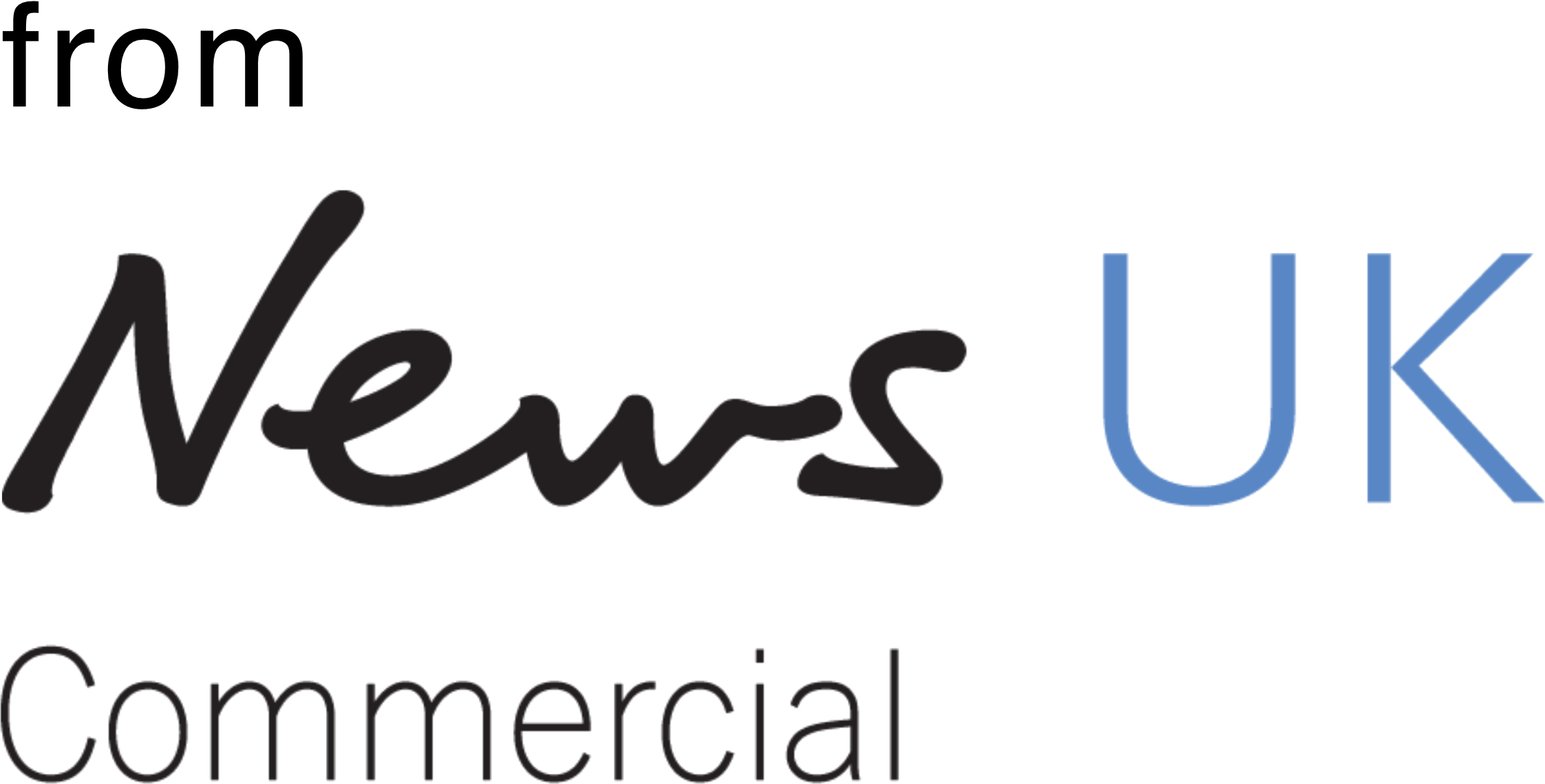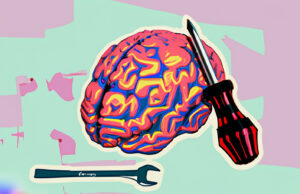Memory has been an area of active study in psychology since the beginning of the field in the 1880s. And over the years, research has uncovered findings relevant to marketers.
In 1885, Hermann Ebbinghaus explored our ability to remember information. He found that the vast majority of information we’re exposed to is forgotten - with the biggest drop in retention happening soon after learning, within the first few hours.
Over time, we forget more, but at a slower rate. It’s called the Ebbinghaus “forgetting curve”.

The main point is, we quickly forget most things. And that’s a problem for brands because advertising that cannot be recalled cannot be effective.
Ebbinghaus also came up with a couple of simple tactics for avoiding being forgotten.
First, he discovered that the downward slope of the forgetting curve - the rate that we forget - can be slowed by repeating the material at intervals. But repetition, whilst effective, is an expensive tactic for marketers.
How to hook the brain
Thankfully, evidence suggests a more cost-effective approach to bolstering memory. To demonstrate, let’s do a little exercise.
Here is a list of phrases. I’d like you to read through them slowly once, and then cover them up:
- square door
- impossible amount
- rusty engines
- better excuse
- flaming forest
- apparent fact
- muscular gentleman
- common fate
- white horse
- subtle fault
Now, which ones can you recall?
My bet is that you found it far easier to bring to mind the phrases containing concrete nouns - things that exist physically - than those including abstract nouns, such as ideas or qualities.
Concrete phrases stick
This example is based on the work of psychologist Ian Begg at the University of Western Ontario.
His 1972 study recruited 25 participants, who heard these phrases and more, and were asked to recall as many as they could.
The results were stark. People were more than three times as likely to remember the concrete terms as the abstract ones.
Begg suggests that concrete phrases are more memorable than abstract phrases because they give us something to visualise.
Help consumers visualise
This isn’t a new idea. Back in 55BC, the Roman orator, Cicero, said: “The keenest of all our senses is the sense of sight, and consequently perceptions received by the ears or from other sources can most easily be remembered if they are conveyed to our minds by the mediation of vision.”
So Cicero, like Begg, suggests that when we are exposed to an idea, we can far better recall it if we’re able to see it in our mind’s eye.
It’s a learning that some brands have taken on board with great impact.
One that springs to mind is the early Apple iPod advertising. While other mp3 players of the day trumpeted their storage size in GB, Apple made it real with “1000 songs in your pocket”. The consumer was able to picture the device in their jeans pocket, easily storing all their favourite tunes. That act of visualisation helped cement the brand in the mind.
Another great example is the Reebok “Escape the Sofa” ad. Personifying your laziness, the killer sofa gives you solid imagery that drives you to action.
Cadbury’s did it beautifully too, with their drumming Gorilla illustrating the sheer joy of chocolate - and who can forget that?
So, if you want your advertising to be effective, give your customers something solid that they can use to build memories.









